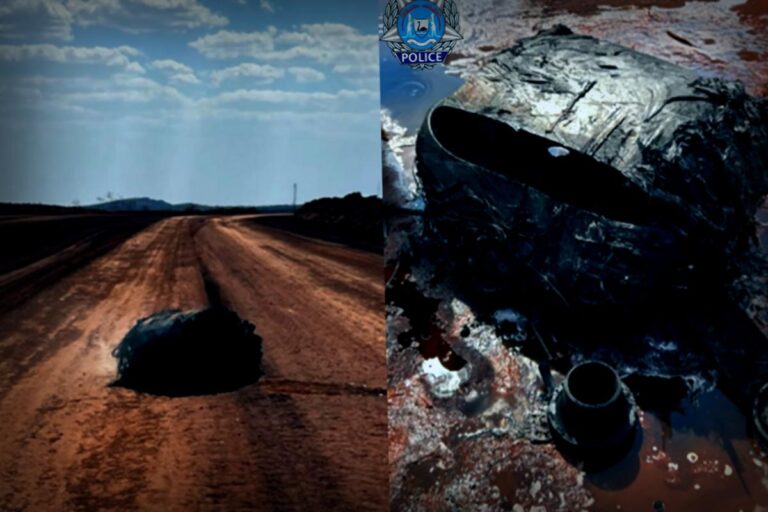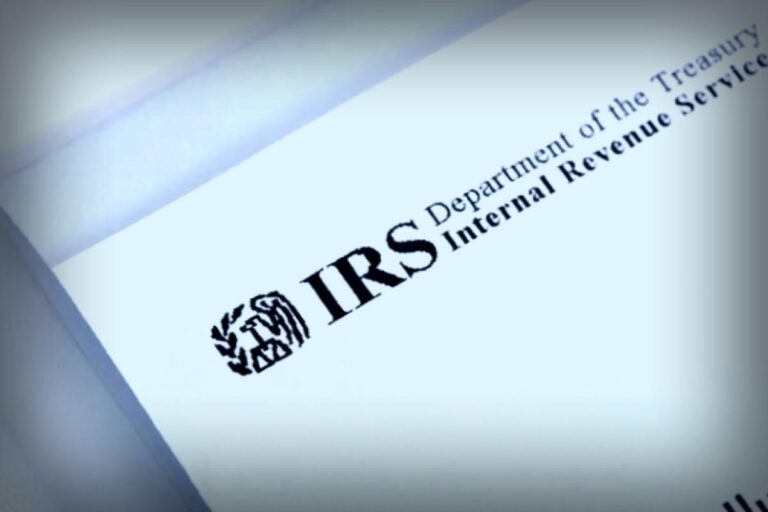SpaceX and its fellow commercial spaceflight companies, like Blue Origin, have been able to shoot rockets into space without monetary burdens for quite some time. That might change in the near future, courtesy of a new bill from Senator Ted Cruz introduced in early June. This legislation suggests that starting in 2026, the Federal Aviation Administration (FAA) would start imposing licensing fees on rocket launches and reentries.
What’s behind this shift? The proposed bill arrives just after the FAA’s Office of Commercial Space Transportation (AST) indicated that it needs more funds to bolster its operations. They are seeking an increase from $42.018 million last year to a whopping $57.13 million for 2025. Part of this budget will go towards expanding their workforce—$7.9 million of it, to be exact. The idea is that with more hands on deck, the office can better manage the rising tide of launch and reentry license requests. To give you some perspective, the AST handled just 11 commercial launches in 2015, while the number skyrocketed to 164 in 2024. Projections for 2025 hint at over 200, so it’s clear they need more help.
What’s the Possible Cost for SpaceX to Keep Launching?

As the largest player in this scenario, SpaceX stands to be hit the hardest by these proposed fees. If the new bill is enacted, the FAA plans to charge fees based on the weight of the spacecraft, starting with a cap of $30,000 per launch. By 2033, this cap could escalate to as high as $200,000 per launch. The intention behind this? To assist the FAA manage its finances and staffing needs, aiming to depend less on annual budget increases.
The rise of spaceflight activity likely prompted this bill, especially since SpaceX had previously requested the FAA to double its licensing staff. With 134 launches in 2024 alone and a target of 170 for 2025, SpaceX has established itself as the primary beneficiary—and now target—of this legislation. In fact, 89 of those launches were for the deployment of its Starlink high-speed internet satellites.
Starlink is moving full steam ahead with unprecedented global expansion, and most of SpaceX’s planned missions for 2025 revolve around this. Each launch utilizes the Falcon 9 rocket, which generally carries about 37,500 pounds. Given the pricing model linked to spacecraft weight, starting at $0.25 per pound, SpaceX could end up shelling out about $9,400 for each launch able to meet requirements by 2026.
To illustrate further: in 2024, SpaceX would have owed over $800,000 for its 89 Starlink missions. Then for 2025, the 60 Starlink launches completed by July alone would have kept fees soaring over $525,000. It seems quite likely that once the bill is passed, SpaceX’s yearly toll could land somewhere in the million-dollar range—even with the initial cap of $30,000 per launch.
Stay updated with the newest trends in technology and the automotive world by subscribing to our newsletter. Get one email packed with the latest news, expert tips, and how-tos right in your inbox.
For more details, check out the original article on SlashGear.




















